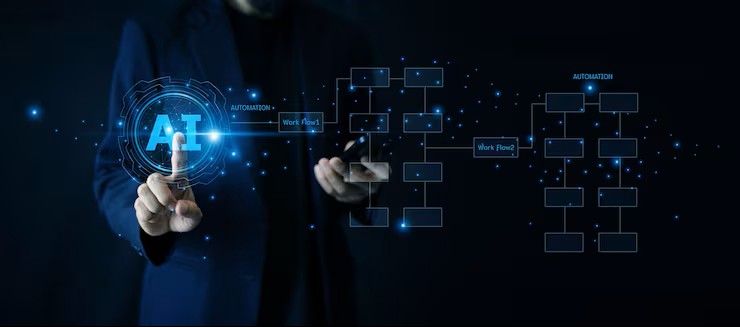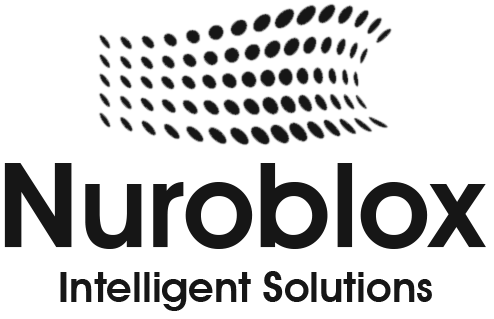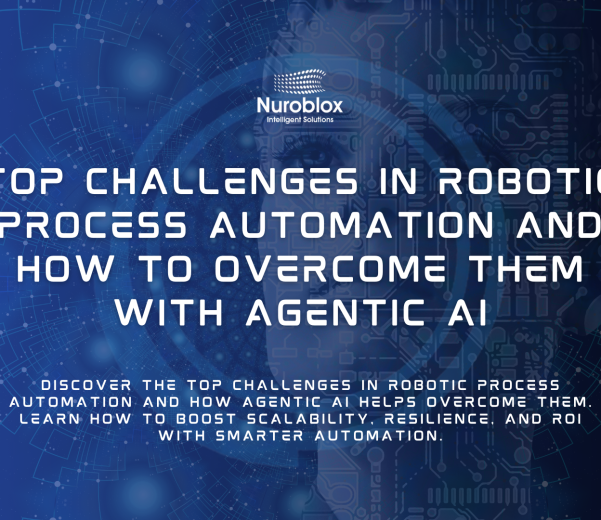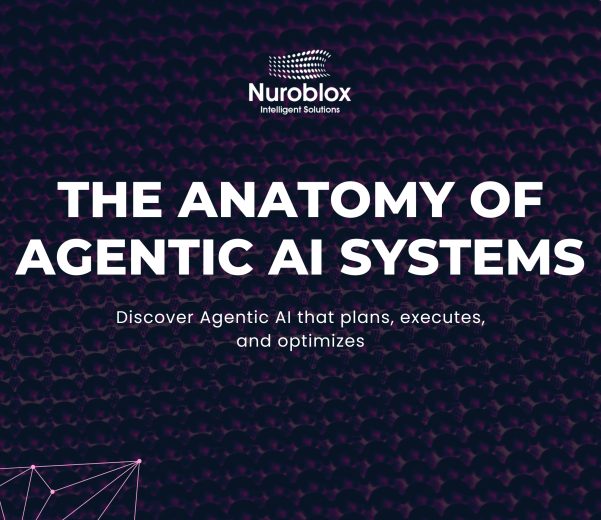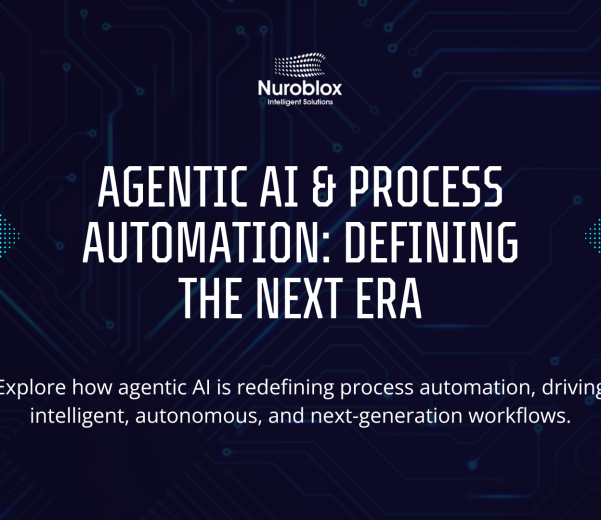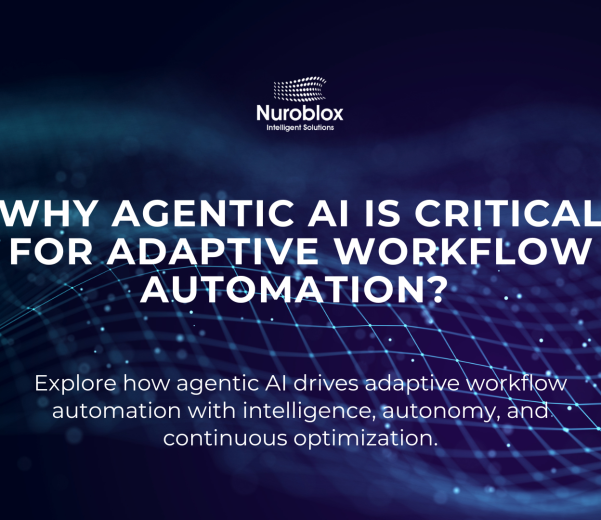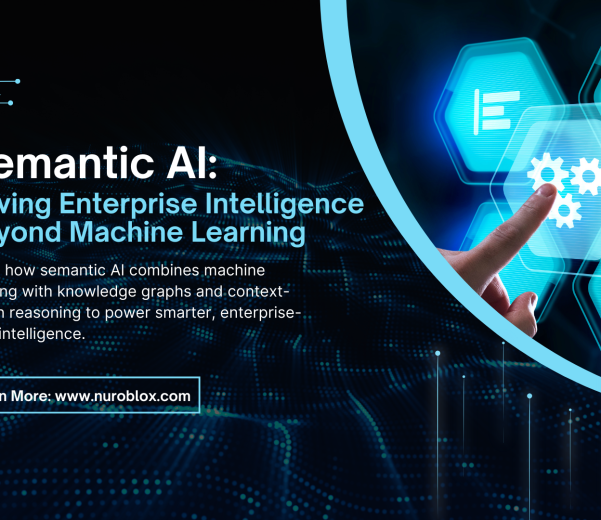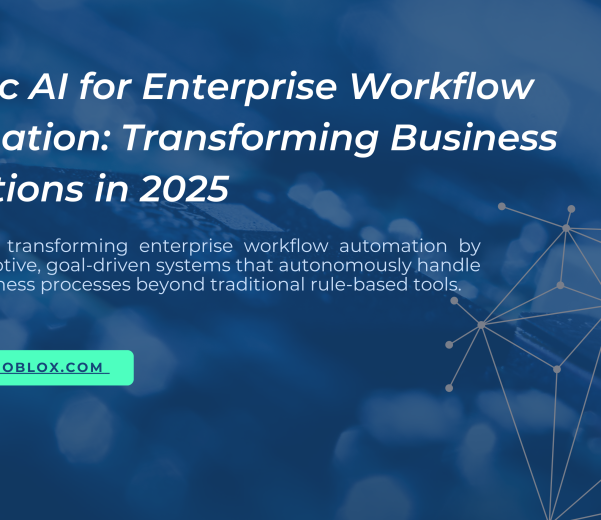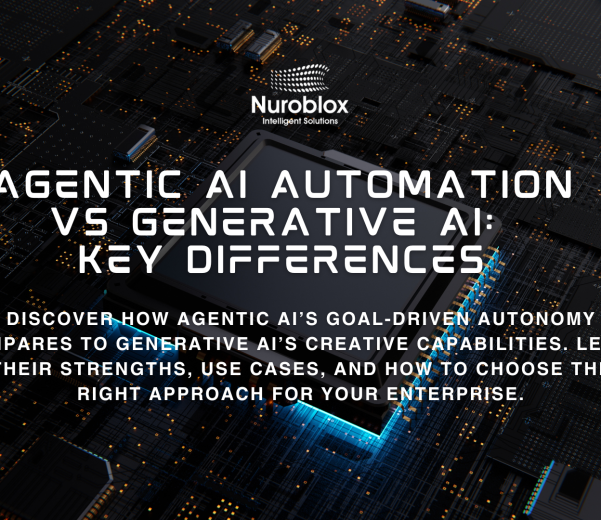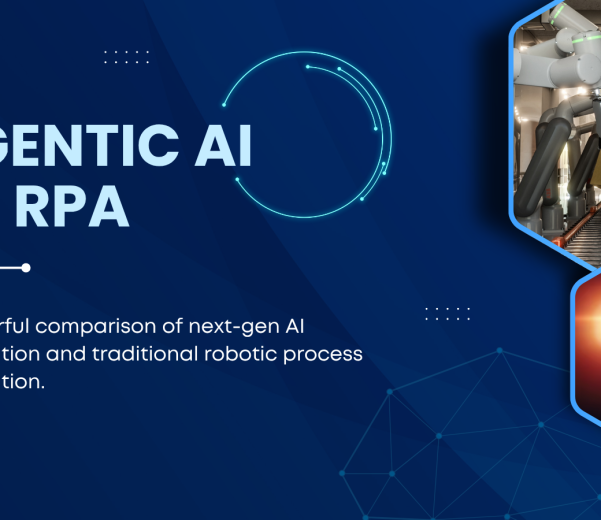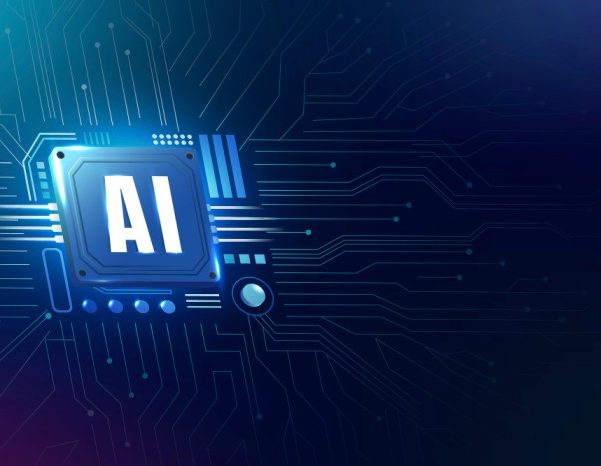AI Workflow
- Home
- AI Workflow
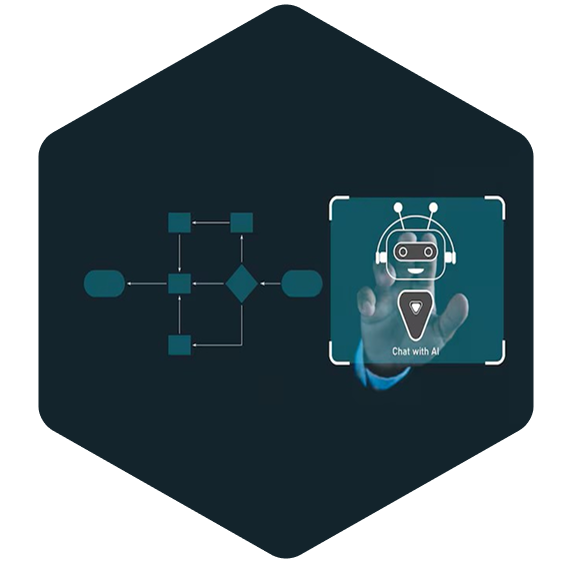
// ABOUT AI WORKFLOW
AI WORKFLOW
AI workflows streamline how businesses create, deploy, and scale automation powered by artificial intelligence. From data collection to model deployment, they provide a structured path for driving intelligent decision-making efficiently.









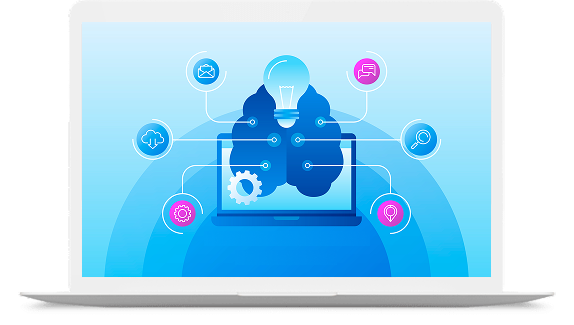
What is an AI Workflow?
Benefits of AI Workflow
Operational Efficiency
AI workflows automate repetitive, manual tasks, reducing human intervention and error. This saves time, lowers costs, and allows teams to focus on higher-value activities.
Business Growth
AI workflows transform raw data into valuable insights that drive innovation and growth. This boosts customer satisfaction, productivity, and long-term competitiveness.
Improved Accuracy
By following structured pipelines, AI workflows ensure consistent data handling and model performance. This results in more reliable insights and smarter decision-making.
Improved Accuracy
By following structured pipelines, AI workflows ensure consistent data handling and model performance. This results in more reliable insights and smarter decision-making.
How Does an AI Workflow Work?
- Data is collected from IoT devices, customer interactions, or enterprise systems.
- Data is preprocessed to remove noise and normalize formats.
- Machine learning models are trained on the processed data.
- Models are deployed to real-world environments.
- Monitoring systems track performance and accuracy, providing feedback for continuous improvement.
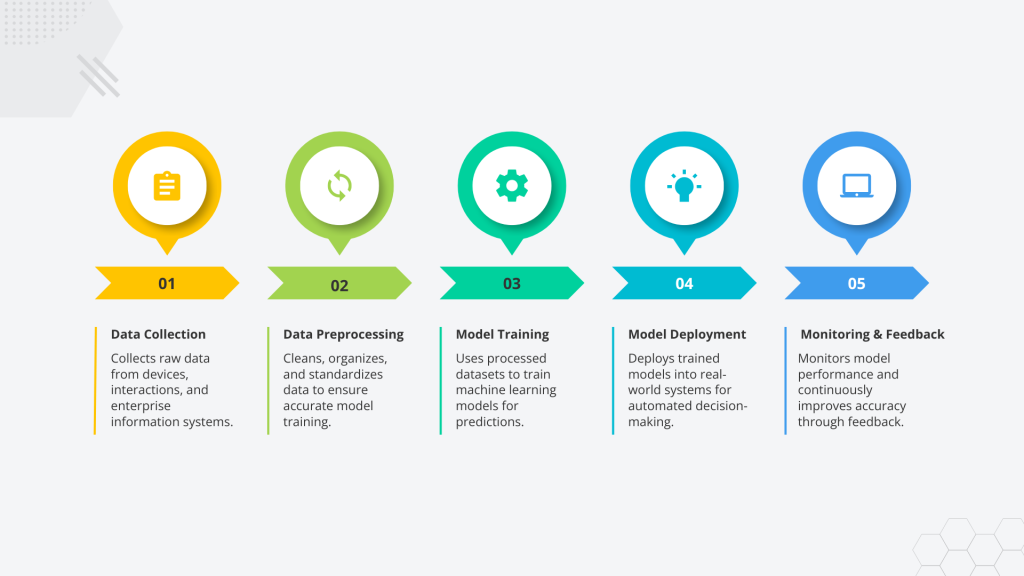
We’re Here to Assist You and Address
All Your Questions Anytime!
Use Cases of AI Workflow
AI workflows power practical applications across industries by combining structured processes with intelligent automation. Here are four impactful use cases-
Banking & Finance
Healthcare
Insurance



What are the Steps in an AI Workflow?
Future Trends of AI Workflow
AI workflows are rapidly evolving with the rise of agentic AI systems, where intelligent agents collaborate, adapt, and improve decision-making with minimal human guidance. At the same time, low-code and no-code AI workflows are empowering non-technical users to build automation pipelines, making AI more accessible to businesses of all sizes. These trends reduce dependency on technical teams while accelerating innovation and adoption.
